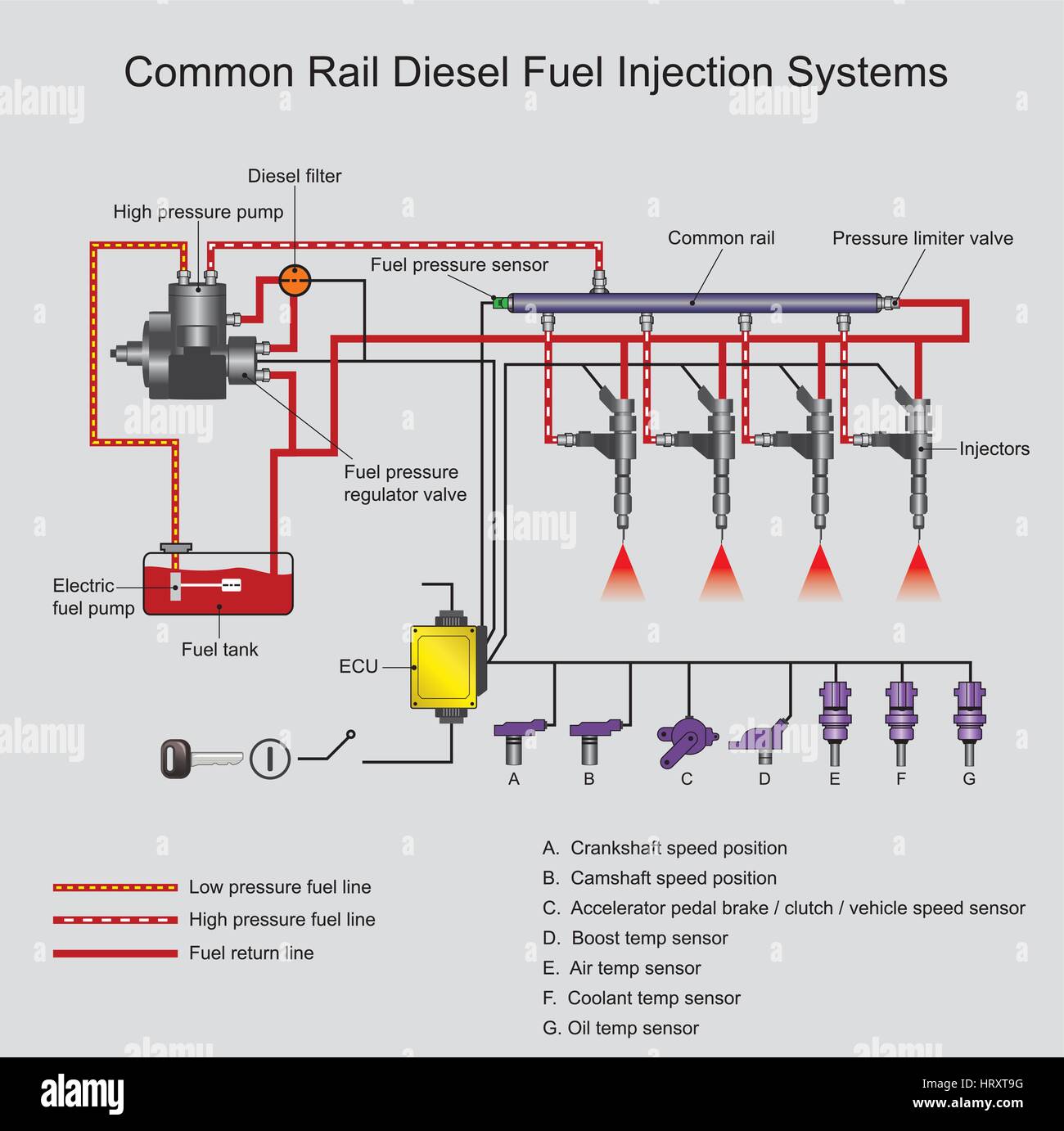


The reality, however, is that the plunger moves with such a high speed that the fuel likely to be conducted is highly compressed locally (elasticity of fuel). It is commonly believed by nonspecialists that the plunger within the pump pushes the fuel upwards like a pillar, thus affecting the immediate injection of fuel into the combustion chamber. To understand fully the complex hydraulic events during the fuel injection process, the Swiss-based specialist Duap says that it is essential to appreciate the function of all the elements (pump, pressure pipe, fuel valve, and nozzle) forming the injection system.

High-aromaticity fuels cause increased ignition delay in some cases. Consequently, rate shaping is necessary in some cases, particularly with high-speed engines. High pressures at the beginning of injection promote reduced ignition delay, while increased mass flow can result in overcompensation and increased pressure gradients. Total injection duration should be 20° of crank angle or less for achieving a minimum burning time in order to exploit retarded combustion for reduced NOx emissions without loss in efficiency. The total nozzle area should be as small as possible in relation to cylinder diameter for good combustion, particularly at part load. Injection pressures during the whole process should be above 1000–1200 bar for a good spray formation and air–fuel mixture a tendency in practice to 1600–1800 bar and higher is noted. The following characteristics of an injection system are desirable in achieving these goals:

Fuel injection systems have a significant influence on the combustion process and hence a key role to play in improving engine fuel consumption and reducing noxious exhaust emissions.


 0 kommentar(er)
0 kommentar(er)
